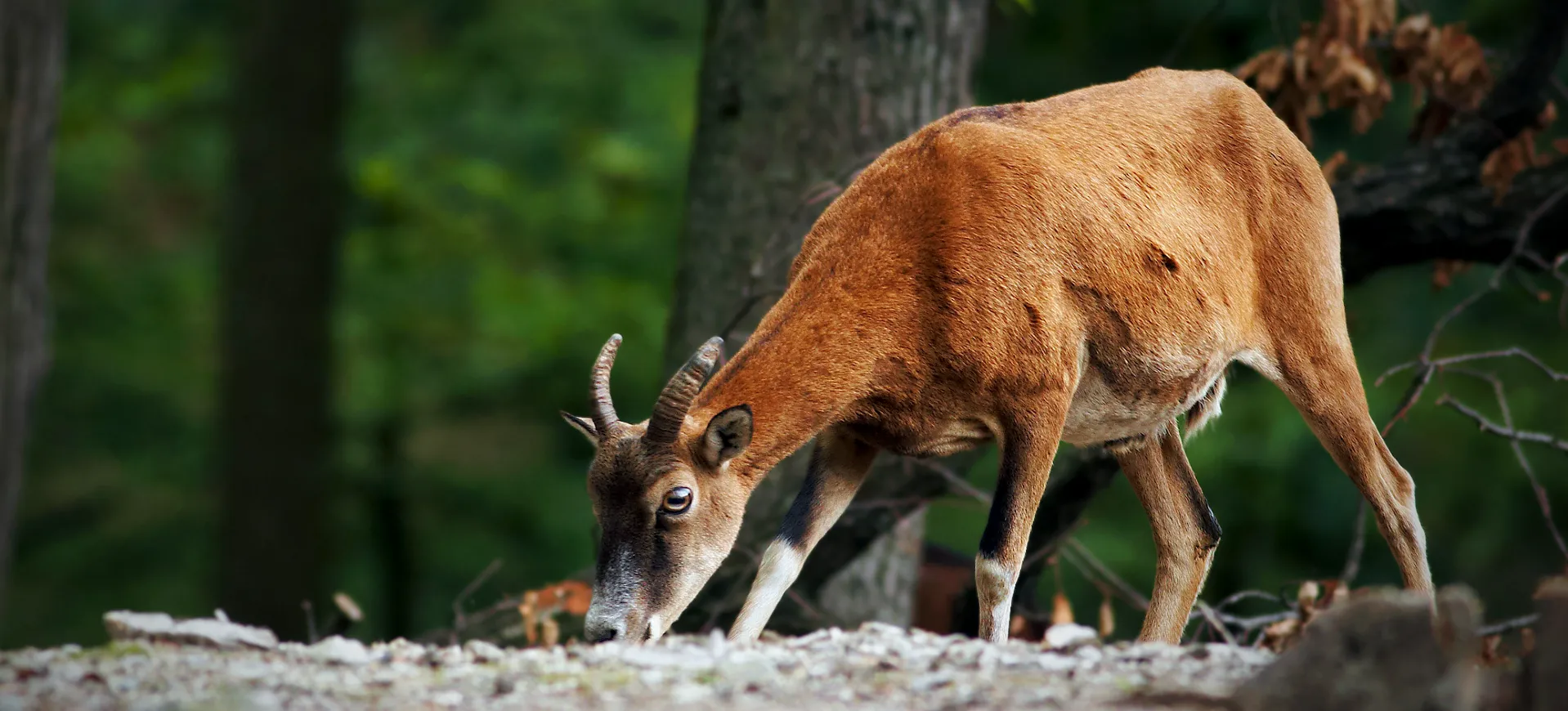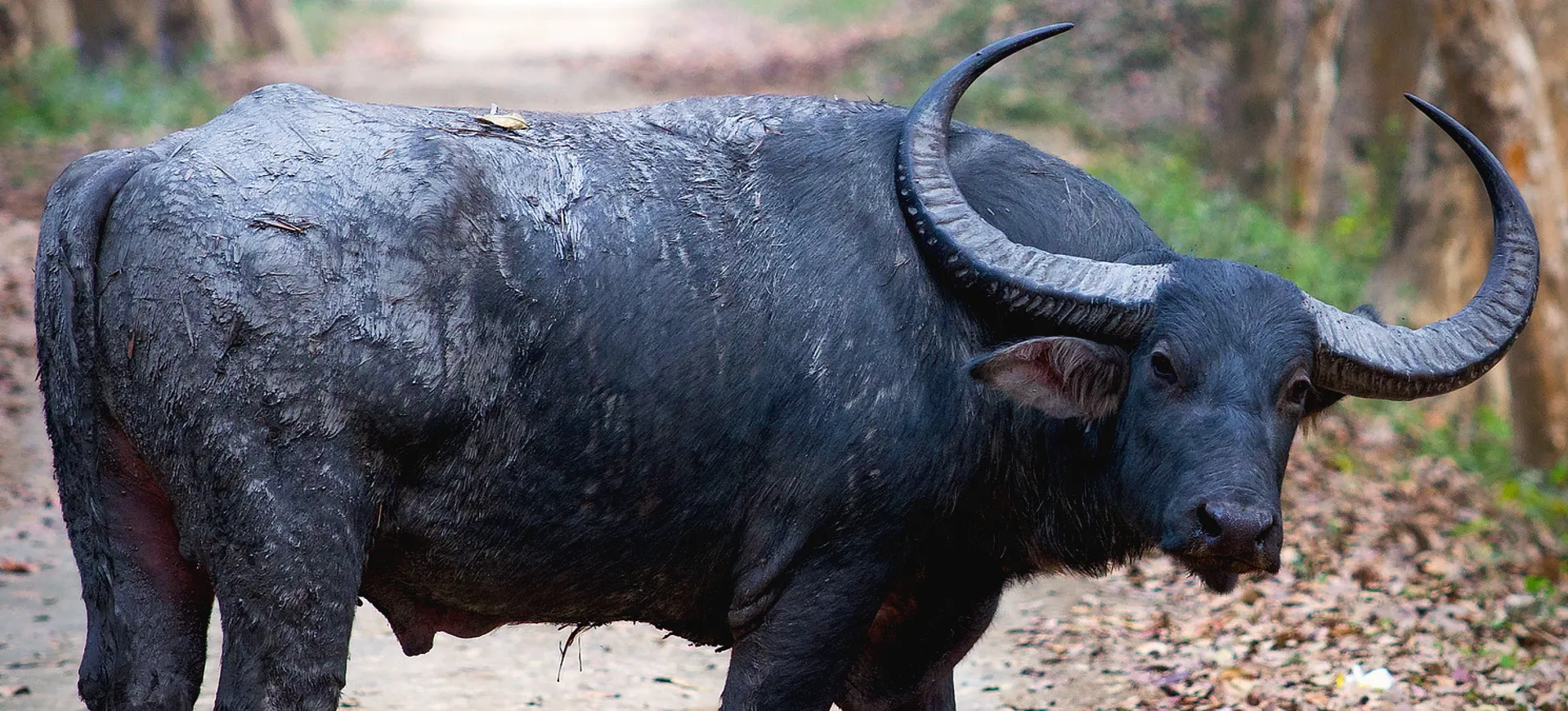Overview
The Springbok, an icon of South Africa, is a medium-sized antelope known for its distinctive bouncing gait, called pronking, where the animal leaps repeatedly into the air with an arched back and stiff legs. With a body built for agility and speed, Springboks have slender, elongated bodies and long legs. They are characterized by their white faces, light brown or tan bodies with a darker brown stripe running along each side, and white bellies. Both males and females have a pair of sharp, straight, ringed horns, with those of the males being longer and thicker.
Their adaptive capabilities to harsh conditions make them one of the few antelope species that can thrive in areas of the semi-arid and arid regions of the African continent where other species would struggle. They’ve evolved to handle periods of drought and can forego drinking water for extended periods, deriving needed moisture from the plants they consume. Historically, Springboks were known to migrate in large numbers when conditions became unfavorable, but the erecting of fences and human habitation have largely stopped this behavior.
Springboks are primarily grazers but shift to browsing during the dry season or in arid environments. They are mixed feeders, supplementing their diet with leaves, flowers, and fruits. This dietary flexibility enables them to inhabit various habitats, contributing to their widespread distribution in the wild.
Taxonomy
Kingdom
Phylum
Class
Order
Family
Genus
Species
Sub Species
Type
Physical Description:
Springboks stand about 2.5 to 3 feet tall at the shoulder and have a body length of about 4 to 5 feet, with males typically larger than females. They are characterized by their slender, agile bodies and long, narrow faces. The most notable features are their mixed coloration—white faces and underbellies, light brown or tan bodies, a pronounced darker brown stripe on each side—and their horns. Both sexes bear a pair of sharp, straight horns, although males’ are longer and thicker.
Their coats are short and glossy, adapting to the harsh sun of their environment. The eyes are large and dark, providing a wide field of vision—an essential feature for an animal living in open plains. The tail is long and bushy with a black tip and is often held upright during the pronking display.

Lifespan: Wild: ~12 Years || Captivity: ~15 Years

Weight: Male: 77-100 lbs (35-45 kg) || Female: 66-88 lbs (30-40 kg)

Length: Male: 47-59 inches (120-150 cm) || Female: 45-57 inches (115-145 cm)

Height: Male: 30-36 inches (76-92 cm) || Female: 28-34 inches (71-86 cm)

Top Speed: 55 mph (88 km/h)
Characteristic:
Native Habitat:
The Springbok is native to southern Africa’s open, grassy plains and semi-desert areas. This area spans from the western parts of South Africa and Namibia to the eastern parts of Botswana. They favor open grasslands, scrublands, and arid regions with sparse vegetation.
These animals have adapted to various habitats and can be found in areas ranging from dry inland areas to more fertile and rainy regions. They have evolved to handle harsh, arid conditions and are among the few antelope species that can survive in semi-desert and desert areas.
Biomes:
Biogeographical Realms:
Continents:
Countries:
Diet:
Diet & Feeding Habits:
Springboks are known as mixed feeders and have a highly flexible diet, allowing them to adapt to the availability of food resources in their environment. They primarily graze, favoring grasses, but can shift to browsing during the dry season or in arid environments, consuming leaves, shrubs, and succulents.
Their ability to forego drinking water for extended periods, deriving necessary moisture from the plants they eat, is one of their most remarkable adaptations. However, if water is available, they will drink. Springboks also follow rain, migrating to areas where vegetation is lush and plentiful.
Mating Behavior:
Mating Description:
Springboks are non-seasonal breeders, meaning they can mate at any time of the year. However, births peak during the rainy season when food is more abundant. During the mating season, males become very aggressive and territorial. They establish territories they defend from other males, trying to attract females for mating.
Females, known as ewes, reach sexual maturity at a year old, while males, known as rams, mature at two years. After successful mating, the gestation period lasts about five to six months, after which the female gives birth to a single calf. The young springbok is well-developed at birth and can stand and run within a few minutes of being born.
Reproduction Season:
Birth Type:
Pregnancy Duration:
Female Name:
Male Name:
Baby Name:
Social Structure Description:
Springboks are very social animals and are rarely seen alone. They form mixed herds of females and their offspring, while adult males form bachelor groups. During the mating season, mature males establish territories and try to attract females.
Their societies are quite complex, with a high degree of social interaction. They communicate through vocalizations, postures, and, most notably, pronking or leaping into the air. This behavior serves multiple purposes, including a display during mating and a warning signal to other herd members when danger is detected.
Groups:
Conservation Status:
Population Trend:
Springboks are among the most abundant antelope species in southern Africa, with an estimated wild population of over 2 million individuals. Their population is considered stable, with a broad and widespread distribution. This is mainly due to their remarkable adaptability, which allows them to thrive in different habitats and under changing conditions.
However, localized populations may face pressures from habitat fragmentation and poaching for bushmeat. While they are common on public and private lands, maintaining healthy populations in the face of increasing human development and encroachment is a constant challenge.
Population Threats:
The Springbok has shown resilience in the face of many threats. Still, habitat fragmentation, resulting from increased human activity and development, poses a significant challenge. As human settlements expand and areas are fenced off for farming, the space available for Springboks and their ability to migrate in search of food is increasingly limited.
In addition, they face the threat of illegal hunting for their meat and predation by natural predators such as lions, leopards, cheetahs, and hyenas in some areas. Drought and disease can also impact local populations, particularly where they are already under stress from other factors.
Conservation Efforts:
Despite their robust numbers, conservation efforts for the Springbok primarily focus on habitat preservation and anti-poaching measures. Protected areas and game reserves have been established to safeguard their populations, and legislation has been enacted in several regions to regulate hunting.
Land management practices, including establishing wildlife corridors and promoting sustainable farming techniques, are also crucial in maintaining healthy Springbok populations. Additionally, public education about the importance of biodiversity and the role of species like the Springbok in their ecosystems plays a key role in their conservation.
Additional Resources:
Fun Facts
- Springboks are named for their characteristic leaping display known as “pronking” or “stotting.”
- They can reach up to 55 mph (88 km/h) and leap as high as 13 feet (4 meters) in the air.
- Springboks can survive without drinking water for years, gaining necessary hydration from the plants they eat.
- They are the national animal of South Africa and appear on the coats of arms of both South Africa and Namibia.
- Both males and females have horns, but males’ horns are thicker and longer.
- Springboks can breed at any time of the year, but most births occur in the rainy season when food is plentiful.
- Large carnivores such as lions, cheetahs, and leopards often prey upon Springboks despite their abundance.
- They are capable of sudden direction changes when running at high speed, a useful tactic to evade predators.
- A newborn Springbok can stand and run within a few minutes of being born.
- Springboks have a pocket-like skin flap along their back. When they’re excited or scared, this patch can lift and release a scent to confuse predators.
















































































